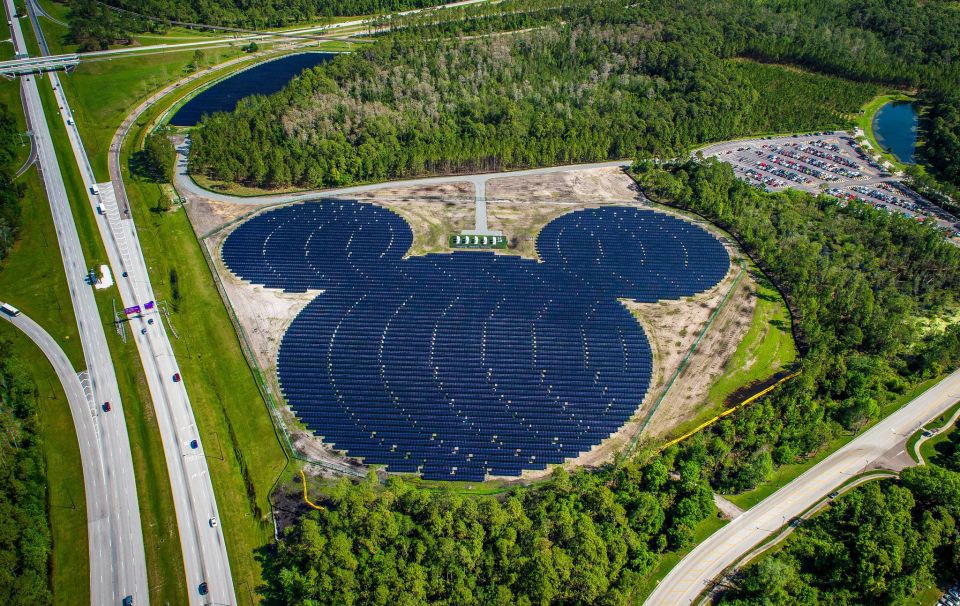U.S. nuclear vs. renewable electricity generation. (Image: Ember)
The combined energy generation in the United States from solar and wind during the first half of the year was more than that of nuclear plants for the first time, according to data from energy think tank Ember.
Electricity generation from utility-scale solar and wind assets during the first half of 2024 was a record 401.4 terawatt-hours, compared with 390.5 TWh from nuclear reactors
Globally, Ember reported in May that renewables accounted for a record 30 percent of electricity in 2023—demonstrating dramatic growth driven by record construction of solar and wind units last year.
Utilities are building solar and wind capacity at a faster pace than any other generation source, even though growth in power demand has renewed interest in nuclear across the United States and around the world.
Closer look: From 2015 through the end of 2023, combined monthly electricity generation from utility-run solar and wind farms surpassed output from U.S. nuclear plants on only three occasions: April 2022, May 2022, and April 2023, Reuters reported.
Total fossil fuel generation capacity declined by 3.7 percent from 2018 to 2023 to around 775 GW, including a 23 percent drop in coal-fired generation capacity.
Over the same period, 2018–2023, utility solar generation capacity soared 168 percent to 139 GW, while wind capacity grew 56 percent to 148 GW, according to Ember.
The U.S. Energy Information Administration reports that developers plan to add a further 34 GW of solar capacity in the nation, while wind generation capacity is expected to remain flat in 2024.
A global push: Many nations—including the U.S.—have joined a pledge to triple nuclear power output by 2050. Meanwhile, countries lined up behind the United Arab Emirates’ minister of industry and advanced technology and COP28 president Sultan Ahmed Al Jaber in a goal set out last year to triple renewables output by the end of this decade.
“The importance of collective action has never been clearer,” Jaber wrote in a letter to participants. “No country, company, or individual can address a challenge of this scale alone.”



.svg.png)




.png)
